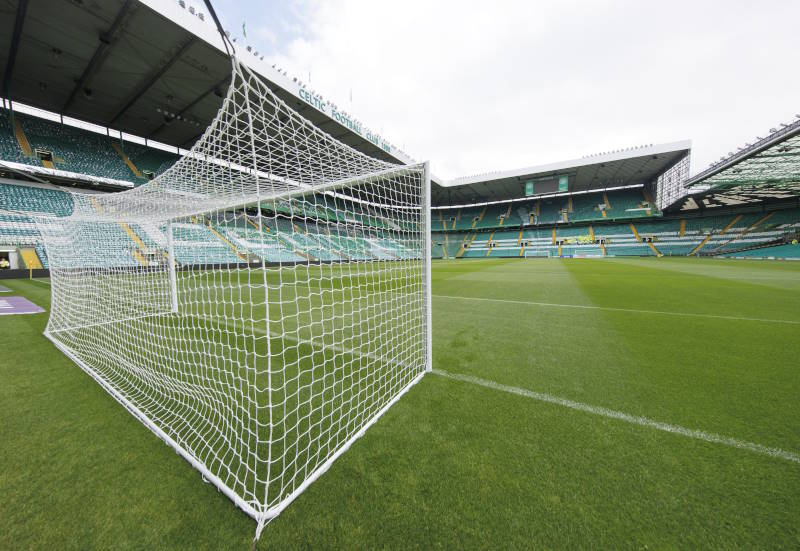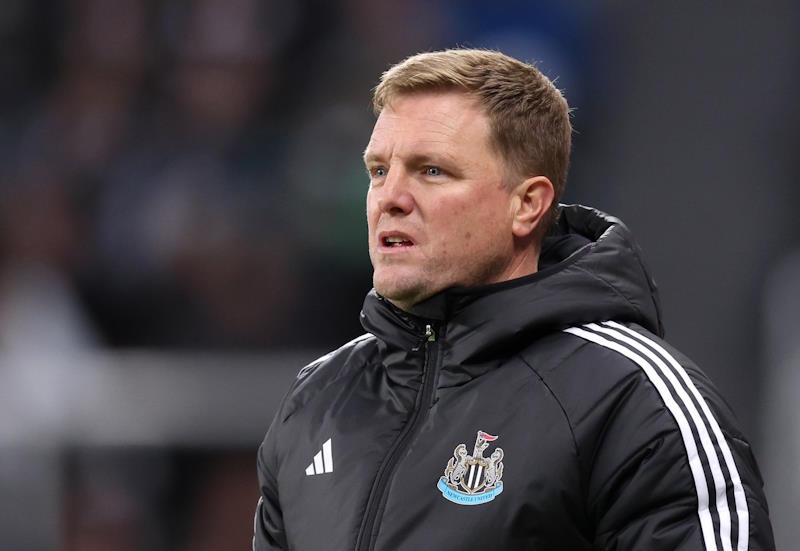
After a successful campaign at the recent World Cup in South Africa, an extension to coach Takeshi Okada’s Japan contract would have appeared a sensible move, especially given that the build-up to the Asian Cup in Qatar in early 2011 started in earnest after the tournament. However, with the bespectacled maestro stepping down, the Japanese Football Association (JFA) had a decision to make and, after a period of consideration, opted to bring in seasoned Italian coach Alberto Zaccheroni.
Italian Coach of the Year with AC Milan in 1999, Zaccheroni should bring a wealth of experience to a Blue Samurai side full of potential. A journeyman manager of sorts, Zaccheroni has never coached at national level, but has clocked up success in Serie A, his teams being known for their unusual 3-4-3 formation. The 57-year-old has not been without his critics though, and has had his ability to forge and lead a club questioned.
Having been sacked by Silvio Berlusconi at Milan in 2001, following a string of poor Champions League displays and indifferent league results, Zaccheroni moved to Lazio, whom he rescued from mediocrity, leading them to a sixth place finish. After a poor start to a new season however, the coach was again heading for pastures new. A brief spell out of the game ensued until Zaccheroni was called upon to come to the aid of Inter in mid-season. Again, a similar fate befell the Italian, stabilising the ship at the Nerazzurri, and restoring them to the Champions League, before president Massimo Moratti ultimately decided Zaccheroni was not the man to take his side to the next level, and let the coach go.
Two years out of management followed before Torino came calling, having sacked the coach who had led them to promotion. This time what did for Zaccheroni was perhaps an over-ambitious board, helped no doubt by a run of six consecutive defeats, which fostered discontent amongst the club’s faithful.
From the ashes however, rises the phoenix and Zaccheroni bounced back into the limelight three years later, taking over from Ciro Ferrara at Juventus. The Meldola native experienced an up and down time with the Old Lady, with perhaps most of his success coming in the Europa League, before Juventus were dumped out in a thoroughly thrilling tie against English Premier League side Fulham. After a season where the Old Lady finished in seventh place, a truly terrible performance, the journeyman coach was soon looking for his next challenge.
Now, the wily manager has ended up in the land of the rising sun, and the new shogun appears to have walked into a battle from the off, with the media analysing his appointment in detail. Therefore, Zaccheroni’s first task is taming the fierce Japanese press, even before he can lead the national team to any form of future success.
In many ways, the appointment of Zaccheroni is a strange turnaround for the Japanese who, not even five years ago, were looking to Brazilian legend Zico to introduce a version of the South American flair that the Asian giants craved. Now, with the move to an Italian boss, it appears those values have been turned on their head.
The Japanese media have also been vocal over Zaccheroni’s favoured 3-4-3 formation, wondering just how their stars can fit into it. Attacking full backs have long been an attractive feature of the Japanese style of play, and this is surely an area of some strength for the Blue Samurai. However, in Zaccheroni’s system, there may simply not be room for the likes of Yuichi Komano, Atsuto Uchida and Yuto Nagatomo.
Also of some concern must be the country’s historical dearth of attacking talent which suggests a three pronged frontline may not easily be populated by international standard players; Japan lack any true wingers and a truly recognised striker.
However, the emergence of Takayuki Morimoto could be the blessing Zaccheroni needs to at least try his 3-4-3. The young forward, described by AC Milan’s Brazilian star Alexandre Pato as a “young Ronaldo”, has already clocked up three goals in eight international appearances, and his blossoming might well be enough to propel Japan back to their spot at the top of Asia’s podium.
Wingers though, have never been Japan’s strongest suit, and it is more than likely that Zaccheroni will soon have to find a system to fit the players at his disposal, rather than shoehorn his current crop into a system that they are unsuited for. How quickly he realises this and adapts may go a long way towards determining his success.
Unlike Okada and Ivica Osim before him, Zaccheroni has one of the most talented pools of Japanese players in decades, with many young stars cutting their teeth overseas and shining; Keisuke Honda, Shinji Kagawa and Atuso Uchida should all use their foreign experience to help the Blue Samurai. A lack of knowledge of different footballing cultures has often been a problem for previous Japan coaches, however with more and more of the country’s stars looking at Europe as a viable option, Zaccheroni should not suffer as much as his predecessors in this regard.
The evergreen Italian, with experience at some of Serie A’s biggest clubs, has much preparation to do before the 2011 Asian Cup. With the talent at his disposal though, a good showing is the least the Japanese expect; Zaccheroni should certainly be able to achieve that much.












